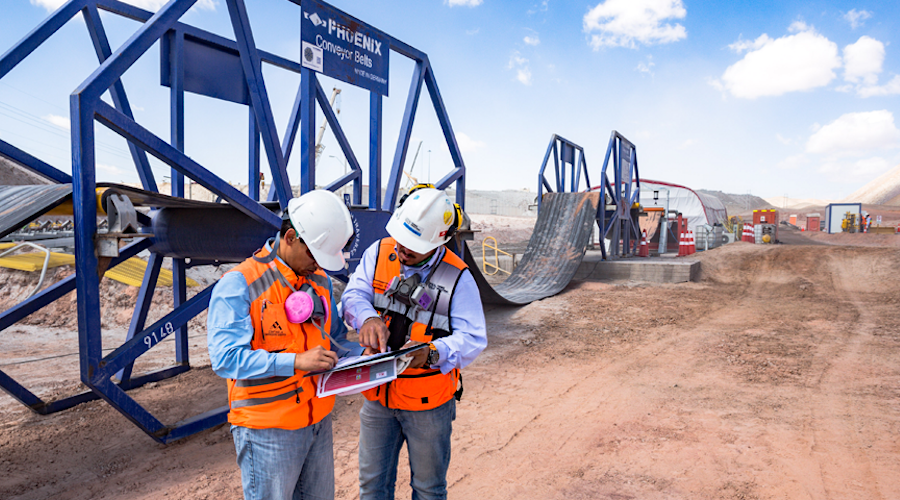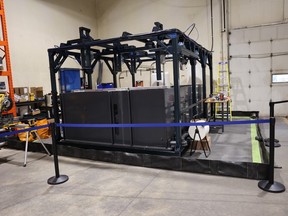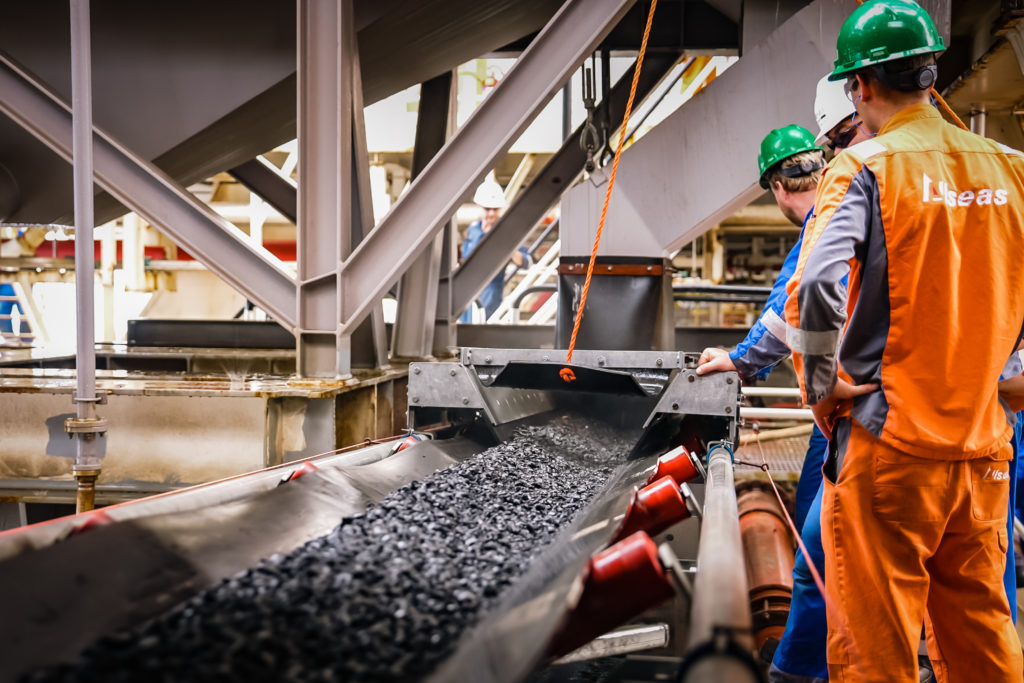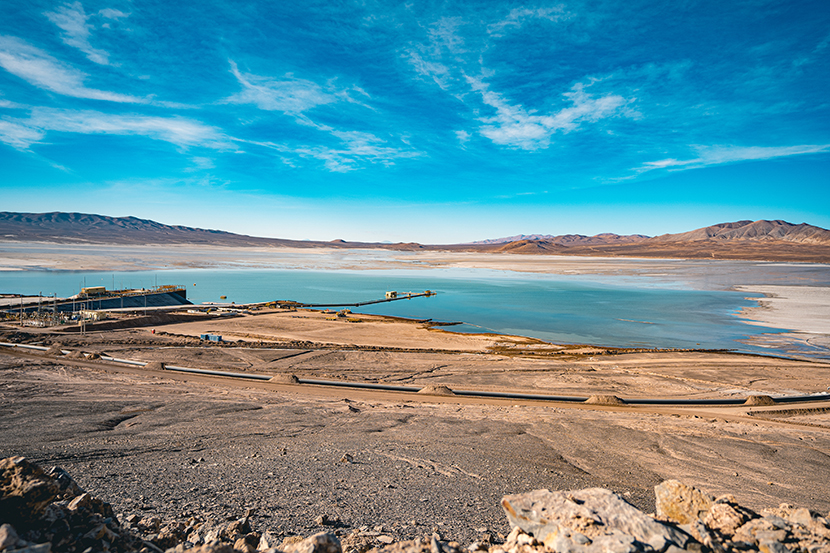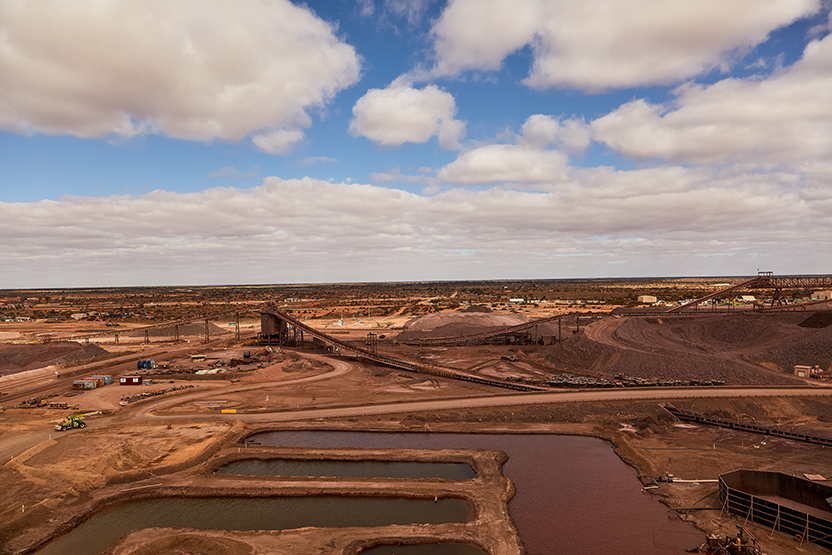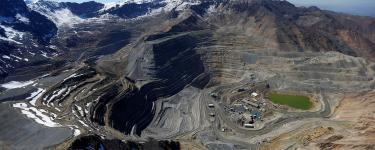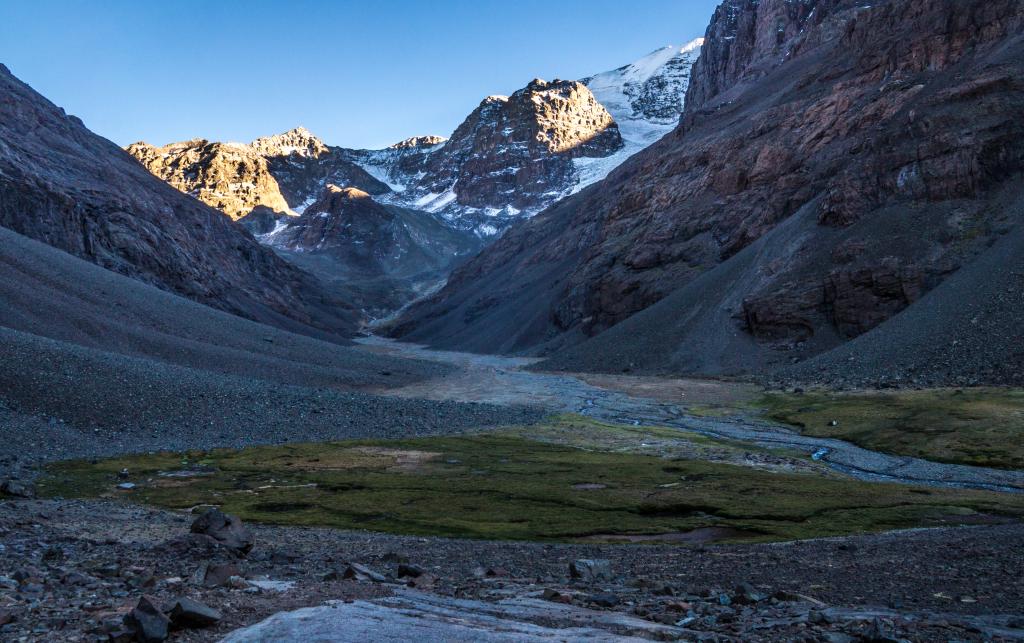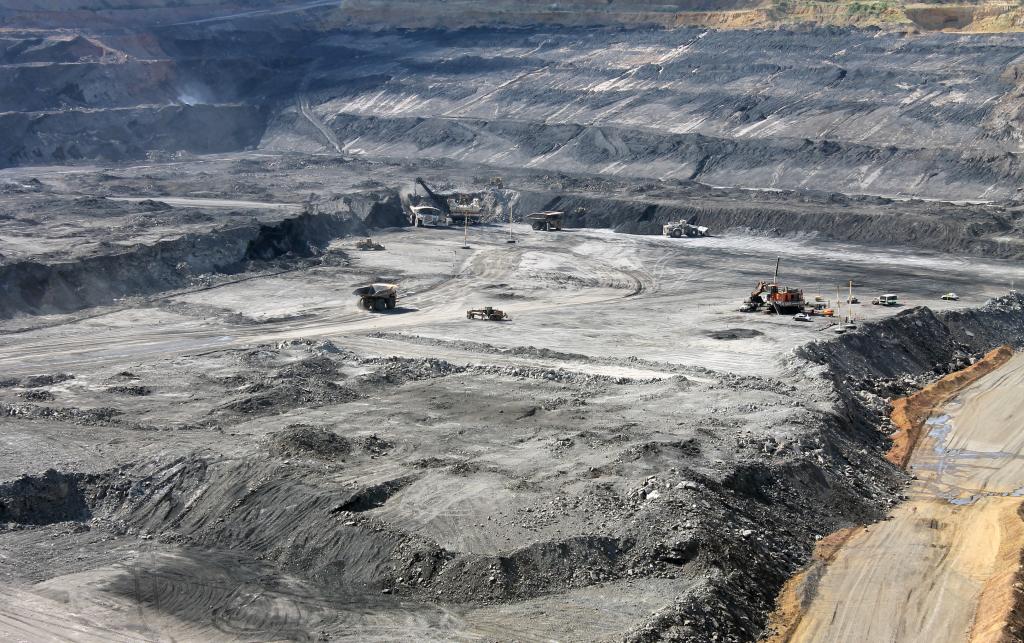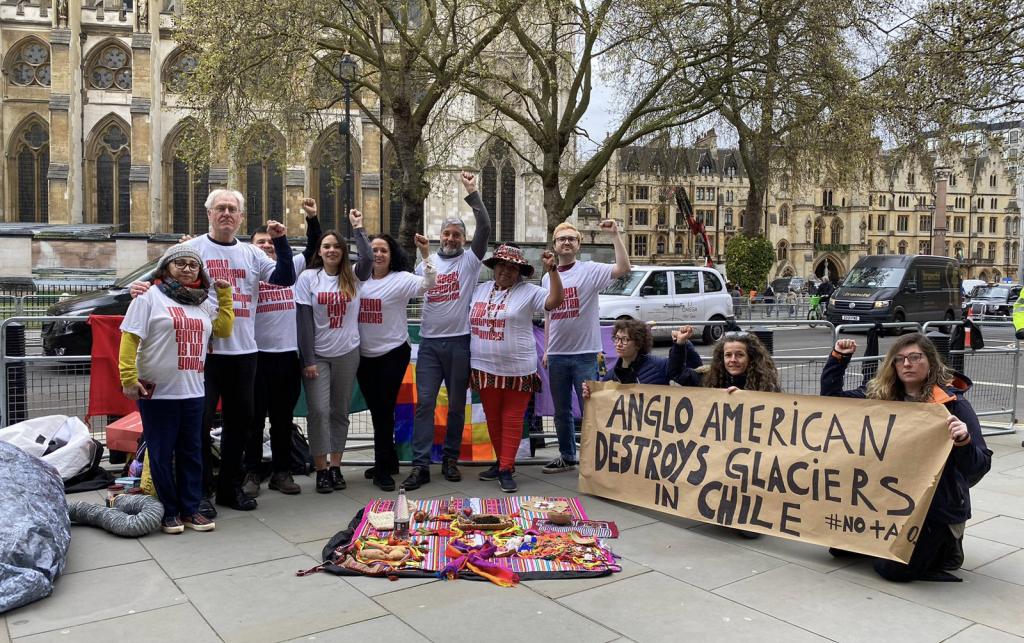Congo to hike stake in copper, cobalt venture with China
Reuters | May 25, 2023 |
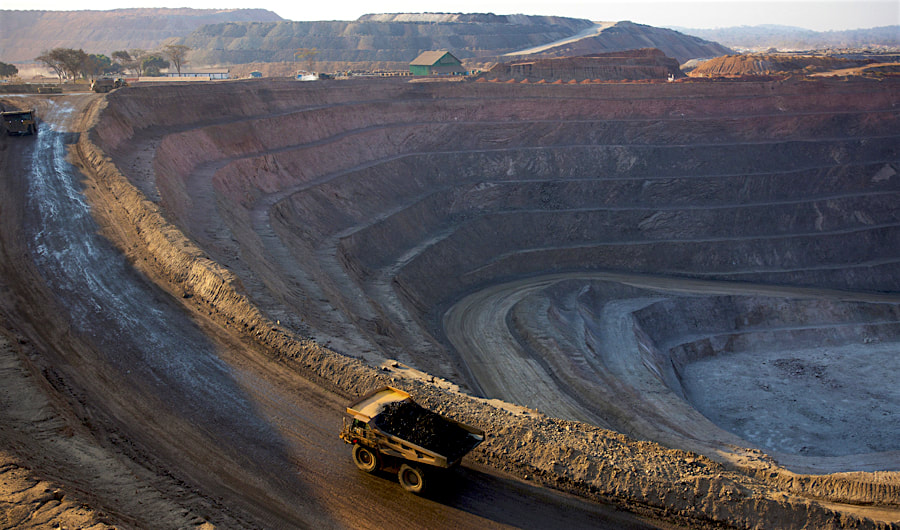
The Mutanda copper-cobalt mine, Democratic Republic of the Congo. Source: YouTube
The Democratic Republic of Congo aims to boost its stake in a cobalt and copper joint venture with Chinese firms to 70% from 32%, on concerns the deal gives away too much of Congo’s resources with little benefit to the country.

The plan to boost Congo’s stake and have greater control in managing the Sicomines venture – currently dominated by the Chinese firms – was detailed in a document seen by Reuters, that outlined Congo’s demands ahead of talks to overhaul a $6 billion infrastructure-for-minerals agreement.
Congolese President Felix Tshisekedi, who is set to visit China, instructed his government on May 19 to move ahead with the talks after Congolese stakeholders “consolidated their position” on the 2008 deal.
The lopsided pact, Congo says, leaves it little means to control the operations of the venture, and the resources and revenue that are leaving the country.
He ordered the creation of an ad hoc commission in March to harmonize the negotiating positions of the Congolese institutions in charge of supervising the execution of the deal.
The commission included representatives of the presidency, the government, state auditor, the General Inspection of Finance (IGF), the Agency for Supervision, Coordination and Monitoring of Collaboration Agreements signed between the Democratic Republic of Congo and private partners, state miner Gecamines, and civil society.
‘Authentic’
Two members of the commission, who were not authorized to speak publicly, confirmed the authenticity of the document and the conclusions, which have not been reported before.
The sources said the conclusions would serve as the basis for Congo’s talks with the Chinese companies.
Congo’s government and the presidency did not respond to requests for comment.
The commission said Congo should seek a greater share in Sicomines because the 2008 agreement did not take account of an estimated $90.9 billion worth of reserves that Gecamines brought to the deal, according to the document seen by Reuters.
Chinese companies Power Construction Corporation of China, also known as Sinohydro, and China Railway Group Limited, did not respond to requests for comment.
Sinohydro Corp and China Railway Group Limited had agreed to build roads and hospitals in exchange for a 68% stake in Sicomines, the cobalt and copper joint venture with Congo’s state mining company Gecamines.
Congo is the world’s largest producer of battery material cobalt, and a major copper producer.
The commission said Congo should seek a 60% stake in Sicomines for Gecamines and its subsidiary, a non-dilutable 10% stake for the state, and 30% for the Chinese companies, to make the joint venture deal fairer for Congo.
Compensation sought
It said the amount earmarked in the previous deal to finance infrastructure, around $3 billion including interests, was insufficient compared with the value of mineral reserves given up by Gecamines.
“We estimated that the loan envelope for infrastructure should increase from $3 billion to $6 billion,” one of the sources said.
In the initial deal, $3 billion had been earmarked for developing the Sicomines joint venture, and another $3 billion for infrastructure in Congo.
In the renegotiation talks, compensation would be brought up, the source said.
“We are going to ask for a lump sum compensation of $2 billion, among other things because Sicomines sold the minerals at half price to the Chinese companies … well below the market price,” the source said, adding that the fine will be for all damages Congo has suffered.
“It is estimated that 90% of the Congo’s mining exports go to China, but its contribution to GDP does not exceed 30%,” said Jean-Pierre Okenda, director of extractive industries for Resource Matters, an NGO which is calling for greater transparency in the negotiations.
Tshisekedi is expected to raise the issues during his trip to Beijing. However, “the real negotiations with the Chinese side will only start when the president returns,” one of the sources told Reuters.
(By Sonia Rolley and Bate Felix; Editing by Bernadette Baum)
Building DRC mining on responsible standards

The DRC is experiencing considerable investment in mineral exploration as well as mine development and expansion.
Image credit: SRK Consulting
Building DRC mining on responsible standards
The search for battery minerals is taking on an almost frantic urgency, with countries like the Democratic Republic of Congo (DRC) finding themselves under the exploration microscope.
By Susa Maleba, Dominique Sambwa, Wouter Jordaan and Vis Reddy at SRK Consulting.
While everyone wants swift progress in mineral development, it is worth remembering that responsible exploration and mining is a complex and risky endeavour that cannot be unduly rushed.
With its bounty of sought-after metals like copper, cobalt and lithium, the DRC is experiencing considerable investment in mineral exploration as well as mine development and expansion. The pressure is on to bring more mining projects – and higher production – online as the world’s demand for battery minerals is expected to rise rapidly.
Driving the enthusiasm is the expectation that economic recovery in China could send mineral demand levels rocketing. China’s latest five-year plan is certainly to identify more sources for its future mineral requirements, and African countries like the DRC are priorities.
Pushing the pace (Building DRC mining on responsible standards)
An indication of the concern being felt by the global market is the trend for electric vehicles and battery manufacturers to be tying up supply deals with producers well in advance of their needs. Even the world’s tech companies are being drawn into the action, looking for ways to harness artificial intelligence to accelerate the pace and success rate of exploration efforts.
Copper producers in South America are already ramping up production, and Africa’s copper belt has become much busier. In the DRC, there is a high likelihood of many project transactions over the next year, are likely to happen in quick succession and exploration efforts will also speed up.
Speed, of course, is not to be confused with haste. The good practice that is today expected of the mining sector is as critical as it is onerous – and begins from day one of the planning process. Perhaps especially due to the added pressure to advance projects, there is an even greater risk of missing a critical element that could endanger the project’s future. Such elements include closure planning and the embedding of a range of environmental, social and governance (ESG) considerations that will strengthen the long-term licence to operate.
Responsible sourcing and integrity (Building DRC mining on responsible standards)
Reporting standards are moving front and centre as a measure of mines’ performance in the eyes of investors, financiers, governments and local communities. While sustainability reports from mining companies have generally been high-level documents, that is changing with the growing sensitivity to ESG issues. With responsible sourcing being at the heart of the drive for battery minerals, stakeholders are now even more keen to establish the integrity of where and how these minerals are sourced.
This is a significant concern in a country like the DRC, where some processing plants do not have their own mining operations, for example. The market for the processing of third-party-mined material is large, and often opaque.
For a mine that is procuring ore externally to augment supply to its plant, it is critical that the provenance is transparent and complies with both industry standards and stakeholders’ expectations. These concerns range from ore grading integrity to human rights issues related to child labour and fair pay.
Sourcing responsibly (Building DRC mining on responsible standards)
In this context, responsible sourcing is already high on the agenda of the European Union (EU). Its RE-SOURCING project – funded by the EU’s Horizon 2020 research and innovation programme – is developing roadmaps for critical sectors and contributing to future policies. With SRK Consulting as a partner, the initiative has sourced input from stakeholders in regions where raw materials for the green transition will be sourced.
The project’s rationale is to ensure that minerals are sourced responsibly, with due regard for the impact of mining and its extensive value chain – from the environmental impact and carbon footprint to social and human rights issues.
Commodity-specific standards – such as the Copper Mark – are therefore likely to become guiding lights to the mining sector in the DRC. Such standards provide not just a benchmark, but a basis for fair comparison. The practical challenge for mines lies in their strategic commitment and ability to implement these standards.
Step by step (Building DRC mining on responsible standards)
Following due process is now a non-negotiable, from the initial geological investigations onwards. The optimal process is highly structured, as each step of data gathering paves the way for the next. This might not always seem quick enough for some companies, especially when they have not been directly involved in the mining field before.
The point is that the technical, environmental, and social risks of mining are already substantial; to miss a stage in the development process is to add unnecessarily to this risk. To rush the progress from a scoping study to a feasibility study, for instance, will leave gaps in information that the pre-feasibility stage is specifically designed to provide. It is not uncommon to encounter potentially fatal flaws at scoping stage, which can cost investors dearly if not fully investigated and resolved.
The future of the DRC’s economy is relying to a large extent on the continued development of its mining sector – as this in turn is being steadily built, one mine at a time.
Proceeding with due care through the preparation steps for each venture ensures that, in the best case, the mining plan is optimal, cost-efficient, and sustainable. Those same steps will also ensure, in the worst case, that project investors do not incur unnecessary losses on projects that are unviable. Careful execution will ensure successful projects in the DRC and avoid project failures at later stages in the project cycle.
Building DRC mining on responsible standards
Susa Maleba is a mining engineer and country manager of SRK Consulting Congo
Dominique Sambwa is a geological consultant and chairman of SRK Consulting Congo
Wouter Jordaan is a principal environmental scientist and partner at SRK Consulting (SA)
Vis Reddy is a principal environmental chemist and chairman of SRK Consulting (SA)
Building DRC mining on responsible standards
WhyAfrica provides on the ground information and business intelligence about the sustainable utilisation and extraction of natural resources in Africa, and can assist your company through:
